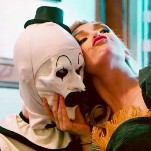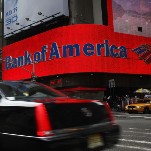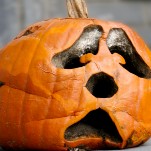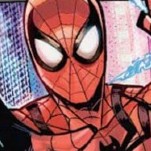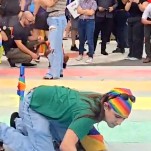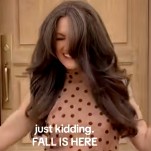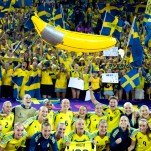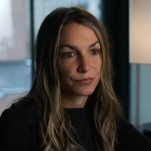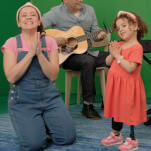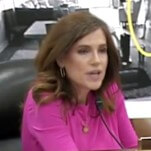Women Artists Are Bringing the Reality of Climate Change Into Your Living Room
LatestThis week falls in between two of the largest planned protests for the environmental movement in recent history: last Saturday’s Earth Day March for Science and this coming Saturday’s People’s Climate March. Being a part of the resistance against an administration of climate change deniers can be a frustrating and sometimes soul-crushing experience (especially when you still have to get through a whole workweek between rallies). But in the meantime, we can find inspiration from female artists whose work helps remind us what we’re fighting for.
In 2005, just a few months before the Bush administration first publicly acknowledged that climate change was real and that humans had a hand in it, author and environmentalist Bill McKibben published a call to action in Grist, an online magazine, challenging artists to use their imaginations and talents to produce work that reflected the emerging crisis of climate change. “It may well be that because no one stands outside the scene, no one has the distance to make art from it. But we’ve got to try. Art, like religion, is one of the ways we digest what is happening to us, make the sense out of it that proceeds to action.”
That same year, on a coffee table in a living room in Los Angeles, twin sisters Christine and Margaret Wertheim began an art project that would soon grow to take over their entire house. Using a mathematical algorithm, they crocheted colorful frilly and tubular shapes, replicating the Great Barrier Reef that stretches off the shore of their native Queensland, Australia. The project drew inspiration from the work of mathematician Dr. Daina Taimina and combined hyperbolic geometry with the craft of crocheting.
Within a few years of its inception, the Crochet Coral Reef had spread far beyond the sisters’ house to cities including Chicago, New York, London, Capetown and Melbourne. Communities consisting primarily of women got involved and started making their own “satellite” reefs.
Through creating woollen corals, anemones, sea slugs and kelps, the Wertheim sisters and others paid homage to the world’s largest reef system. Stretching across over 1,400 miles and encompassing roughly 3,000 individual reefs, the Great Barrier Reef is one of the largest natural wonders of the world and has been a UNESCO World Heritage Site since 1981, but it is also extremely
endangered. Continuously threatened by pollution, rising ocean temperatures and the acidification caused by climate change, the Great Barrier Reef made headlines this past October when Outside Magazine published a satirical obituary for the intricate ecosystem. The obituary quickly went viral and many assumed it to be factual before the scientific community jumped in to assure would-be mourners that much of the reef still remains (in critical danger) and needs our help now more than ever. An interactive and community-driven piece of art, the Crochet Coral Reef is an original example of how artists are raising climate change awareness and engaging a new audience.
The Crochet Coral Reef is regularly shown at museums around the world, including a recent exhibition at the Museum of Arts and Design in New York. Its presence opens up opportunities for discussion and calls attention to the immediate environmental crisis affecting marine life. Now, over a decade since it was started, the Crochet Coral Reef includes a large sub-reef that incorporates plastic trash with yarn in a visually jarring representation of the ever-accumulating toxic plastics and pollution that humans dump into the oceans. Another sub-reef uses white and cream colored pieces to mimic coral bleaching. Handcrafted by several artists, it is a fragile and sensory tribute to the sick and dying reefs.
-

-

-

-

-

-

-

-

-

-

-

-

-

-

-

-

-

-

-

-

-

-

-

-

-

-

-

-

-

-

-

-

-

-

-

-

-

-

-

-

